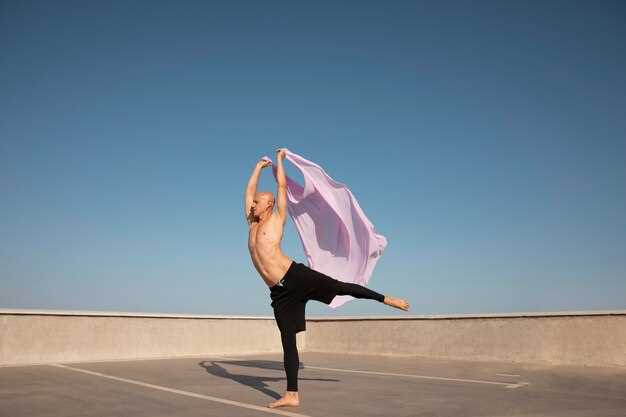Incorporating movement into your routine offers tangible benefits for both body and mind. Engaging in structured physical activity like dance leads to improved cardiovascular health, increased flexibility, and enhanced muscle strength. Aim for at least 150 minutes of moderate-intensity dance or aerobic activity weekly to maximize these physical advantages.
Beyond the physical aspects, participation in dance activities has been linked to better mental health outcomes. Regular involvement can act as a powerful stress reliever, helping to decrease anxiety and elevate mood. Studies show that those who dance experience increased levels of serotonin, a key neurotransmitter that contributes to feelings of wellbeing.
Social interaction is another significant benefit of dance. Joining classes or group sessions fosters connections, reducing feelings of isolation and loneliness. Engaging with others not only enriches your experience but also boosts cognitive functioning through social engagement. The combination of physical activity, mental stimulation, and social interaction offers a holistic approach that enhances overall quality of life.
How Dance Enhances Cardiovascular Fitness
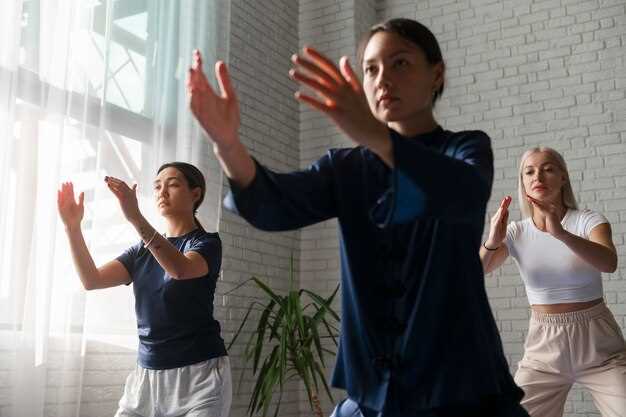
Participating in rhythmic movements elevates heart rate, which directly boosts cardiovascular fitness. Regular practice can improve heart efficiency, enabling it to pump blood more effectively. Engaging in dance routines elevates the body’s need for oxygen, enhancing lung capacity and overall aerobic endurance.
Increased Heart Rate and Endurance
Many dance styles, such as Zumba and hip-hop, typically maintain a high tempo, requiring sustained effort. This continuous movement challenges the heart, resulting in improved stamina over time. Studies show that individuals who dance regularly experience lower resting heart rates and improved heart rate recovery after exertion.
Social Interaction and Enjoyment
The social aspect of dancing encourages participation, making it a pleasurable form of exercise. Enjoyment leads to consistency, which is key to achieving cardiovascular benefits. Group classes create a supportive environment, motivating individuals to return and improve their fitness levels. As people engage more in these activities, they often increase their overall physical activity, contributing to better heart health.
Exploring the Connection Between Dance and Stress Reduction
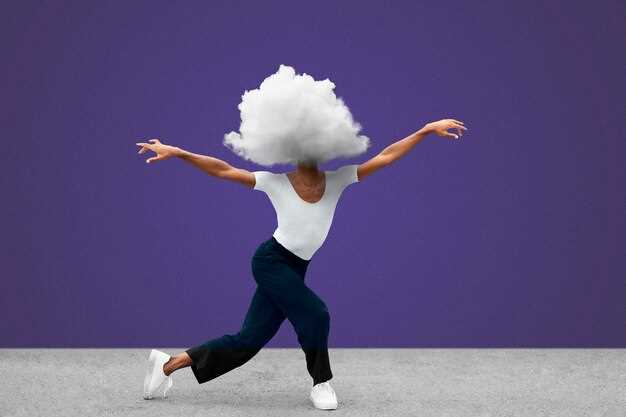
Engaging in dance reduces stress by triggering the release of endorphins, which are natural mood lifters. These chemicals promote feelings of happiness and relaxation. Additionally, dancing enhances physical activity, which further contributes to stress relief.
Research indicates that rhythmic movement is particularly beneficial for mental health. Simple dance routines, whether it’s salsa, hip-hop, or jazz, allow individuals to focus on movement rather than worries, effectively creating a mental break from daily stressors. This shift in focus helps in alleviating anxiety and promoting mindfulness.
Participating in group dance classes nurtures social connections. Building relationships in a supportive environment leads to increased feelings of belonging and reduces isolation. Engaging with others during dance sessions creates a sense of community, which is crucial for mental resilience.
Various studies highlight the significance of self-expression through movement. Dance allows people to communicate emotions that might be difficult to articulate verbally. This creative outlet fosters emotional release, providing a sense of catharsis, particularly during stressful times.
For maximum benefits, consider incorporating dance into your regular routine. Aim for at least 30 minutes of activity a few times a week. Whether alone at home, in a class, or at a social event, maintain a practice that feels enjoyable. The key lies in participation and enjoyment rather than perfection.
Try exploring different styles to find what resonates best. Each has a unique rhythm and energy that can evoke varying emotional responses. Listening to music while dancing further enhances relaxation, as it stimulates pleasure centers in the brain, reinforcing positive feelings.
In summary, integrating dance into your life can significantly decrease stress levels. With the combination of physical movement, emotional expression, and social interaction, dance emerges as a powerful tool for enhancing mental well-being.
Dance as a Tool for Building Muscular Strength and Endurance
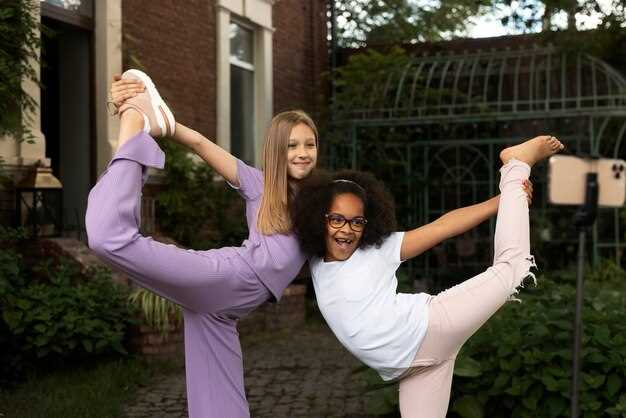
Incorporating movement into your routine can significantly improve muscular strength and endurance. Specific styles like ballet, hip-hop, and contemporary require controlled, repetitive motions that actively engage numerous muscle groups. For instance, ballet dancers build strength in their legs and core through pliés and relevés, while hip-hop movements often demand explosive power and stamina.
People can enhance muscular endurance by attending regular dance classes or engaging in social dancing. This sustained activity challenges the muscles to perform over extended periods, gradually increasing their endurance levels. High-tempo classes that emphasize cardio, like Zumba, are great for pushing your limits while keeping the experience enjoyable.
Creating a structured routine with dance can help target specific muscles. Incorporating strength-training moves into your dance practice, such as planks during hip hop routines or isometric holds in jazz, can optimize muscle engagement. This dual approach not only improves overall strength but also contributes to better body mechanics and coordination.
Recovery is also crucial in building strength. Adequate stretching and transitioning between energetic and low-impact movements are beneficial. Practicing flexibility through dance not only reduces the risk of injury but enhances muscle recovery, allowing you to push harder during your next session.
Monitoring your progress with specific goals, such as increasing the duration of a dance session or mastering a challenging routine, can motivate you. Engaging in dance not only improves your physical capabilities but also boosts mental resilience, making you feel accomplished as you witness your growth.
So, lace up those dance shoes and make movement a part of your lifestyle. This lively approach will bolster your strength, stamina, and overall well-being.
Improving Coordination and Balance Through Dance Practice
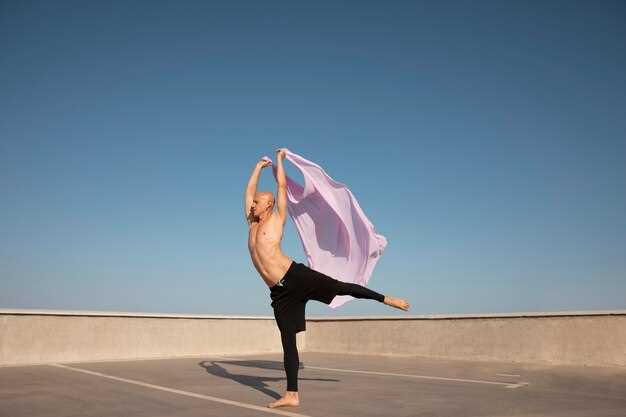
Incorporating dance into your routine significantly enhances coordination and balance. Regular movements require one to engage various muscle groups, which strengthens the connection between the brain and the body.
Key Techniques to Enhance Coordination
Focus on exercises that promote bilateral coordination, such as:
| Exercise | Description |
|---|---|
| Cross Crawl | Alternately touch your right hand to your left knee and vice versa, enhancing coordination between upper and lower body. |
| Balance Holds | Stand on one foot for a set period while performing arm movements, improving stability and coordination simultaneously. |
| Mirror Movements | Partner with someone and mimic their movements, promoting spatial awareness and reflexes. |
Improving Balance through Dance
Practicing specific techniques strengthens core muscles and improves body stability:
- Incorporate spins and turns into your routine to challenge and develop your balance.
- Try slow and controlled movements, focusing on posture and alignment, to build stability.
- Practice exercises like plies or relevés to engage the leg muscles crucial for maintaining balance.
Integrating these approaches makes coordination and balance training both effective and enjoyable. Regular commitment will lead to noticeable improvements, enhancing overall physical abilities and confidence.
Dance Therapy: A Pathway to Emotional Healing
Consider incorporating dance therapy into your routine for emotional well-being. This approach combines movement with therapeutic practices, addressing both mental and emotional challenges effectively.
Here are key aspects that highlight its benefits:
- Expression of Emotion: Movement provides a unique outlet for feelings that may be hard to articulate. Participants can explore their emotional landscape through creative expression.
- Stress Reduction: Engaging in movement decreases cortisol levels, promoting relaxation. Regular sessions can lead to lasting stress management techniques.
- Improved Self-Esteem: As individuals progress in their movements, they often experience a boost in confidence. Achievements in dance can translate to enhanced self-worth.
- Enhancement of Social Connections: Group sessions foster interaction, creating a supportive community. Building relationships through shared experiences aids emotional healing.
Research supports the efficacy of dance therapy:
- A study published in the Journal of Clinical Psychology found significant reductions in anxiety and depression symptoms among participants engaged in dance therapy.
- Participants reported increased feelings of joy and improved body image after sessions focused on self-expression and movement.
To maximize the benefits of dance therapy:
- Seek out licensed therapists trained in movement-based therapy.
- Engage in a variety of styles to discover what resonates most personally.
- Integrate regular practice into weekly routines for sustained emotional growth.
Consider attending local classes or workshops to experience dance therapy firsthand. The combination of movement and emotional exploration creates a nurturing environment for healing and growth.
The Role of Dance in Boosting Self-Esteem and Confidence
Engaging in dance classes significantly enhances self-esteem and confidence. Participants often experience a boost in body awareness, which leads to a more positive self-image. Regular movement encourages individuals to appreciate their bodies, nurturing a sense of accomplishment.
Social Interaction and Community
Joining a dance group fosters social connections and camaraderie. Sharing experiences with peers allows individuals to celebrate their progress together, reducing feelings of isolation. Social support enhances an individual’s confidence as they receive encouragement and recognition from others.
Expression and Creativity
Dance provides an excellent outlet for self-expression. Individuals can convey emotions and thoughts through movement without relying on words. This freedom encourages creativity and personal exploration, leading to increased self-assurance as one feels more in tune with their identity.
How Group Dance Classes Foster Social Connections and Support
Joining group dance classes greatly enhances social interactions and builds a supportive community. These classes create a setting where individuals can meet with shared interests, forming friendships that extend beyond the dance floor.
Community Building
Group classes often consist of regular participants who become familiar faces, leading to connections that encourage interaction. Engaging in activities together, such as practicing routines or preparing for performances, cultivates a sense of belonging. Here are some benefits:
- Shared Goals: Working towards common objectives encourages teamwork and camaraderie.
- Regular Attendance: Frequent classes help establish routines that nurture relationships over time.
- Celebrating Milestones: Acknowledging achievements, such as mastering a difficult step, brings participants closer together.
Emotional Support
Group dance settings provide an environment ripe for emotional exchange. Participants often share personal challenges, fostering a supportive network. Key aspects include:
- Trust and Vulnerability: Sharing experiences during class or social events enhances trust.
- Peer Motivation: Encouragement from classmates boosts confidence and motivation.
- Social Events: Many classes host gatherings, offering further opportunities to connect outside of scheduled practices.
By creating a culture of friendship and support, group dance classes not only promote physical activity but also nurture feelings of belonging and community. Engage in this shared experience to reap the benefits of both fitness and lasting social ties.
Integrating Dance Into Daily Routines for Better Overall Health
Incorporate short dance breaks throughout your day. Set a timer for every hour, allowing yourself five minutes to move and enjoy music. This simple act boosts circulation and enhances mood, clearing mental fog and refreshing focus.
Create a Morning Movement Routine
Start your day with a quick dance session. Choose upbeat songs that energize you. Aim for 10-15 minutes of movement to wake up your body and elevate your spirits. This routine builds momentum for the day ahead.
Transform Household Chores Into Movement Opportunities
Infuse energy into daily chores. Put on your favorite playlist while cleaning, cooking, or doing laundry. Add rhythmic movements, such as swaying or stepping, while completing tasks. Not only does this make chores more enjoyable, but it also turns them into a fun workout.
Connect with friends or family for social dance sessions. Schedule a bi-weekly dance night at home or join a local class together. Such activities strengthen bonds while promoting physical well-being through shared experiences.
Consider using dance-focused fitness apps or online classes for added structure and variety. Many platforms offer short, engaging sessions designed for all ages and skill levels. This helps maintain motivation and introduces new styles to explore.
Finally, listen to your body’s cues. Allow movement to be a source of joy rather than stress. Adjust intensity based on energy levels. The goal is to enjoy the experience and cultivate a healthy relationship with movement.
Integrating these practices can lead to lasting improvements in both physical and mental health, brightening your daily routine through the joy of movement.
Video:
How We Can Dance Our Way to Better Mental Health | Anna Duberg | TEDxKI
How We Can Dance Our Way to Better Mental Health | Anna Duberg | TEDxKI by TEDx Talks 30,536 views 1 year ago 16 minutes
Q&A:
How does participating in dance classes benefit physical health?
Participating in dance classes offers numerous advantages for physical health. Engaging in dance regularly can enhance cardiovascular fitness, increase muscle strength, and improve flexibility and balance. It provides an enjoyable way to get aerobic exercise, which can help with weight management and overall physical conditioning. Additionally, the varied movements associated with different dance styles can challenge the body in unique ways, leading to overall better coordination and motor skills.
What impact does dance have on mental health and mood?
Dance has a significant positive effect on mental health. It can reduce feelings of stress, anxiety, and depression by releasing endorphins, which are chemicals in the brain that act as natural mood lifters. Participating in dance can also promote self-expression and creativity, aiding in emotional release and providing an outlet for feelings. Moreover, engaging in dance routines often fosters a sense of community and belonging, reducing feelings of isolation, which contributes further to improved mental well-being.
Can dance help with social skills and interactions?
Yes, dance can enhance social skills and interactions. Social dance forms, such as ballroom and salsa, require individuals to communicate non-verbally with their partners, helping to improve body language and interpersonal communication skills. Moreover, enrolling in group dance classes can create opportunities to meet new people, encouraging teamwork and collaboration. This social aspect of dance helps build confidence in social settings and can lead to lasting friendships, creating a sense of support and connection.
Are there specific dance styles that are better for health benefits?
Different dance styles can offer various health benefits, but some may suit specific goals. For cardiovascular health, high-energy styles like hip-hop or Zumba provide excellent aerobic conditioning, while ballet focuses on flexibility and strength. Styles such as contemporary dance encourage fluid movements that enhance balance and coordination. Ultimately, the best style depends on individual preferences and health objectives; choosing a dance form that one enjoys is key to maintaining regular participation and reaping the associated health benefits.
